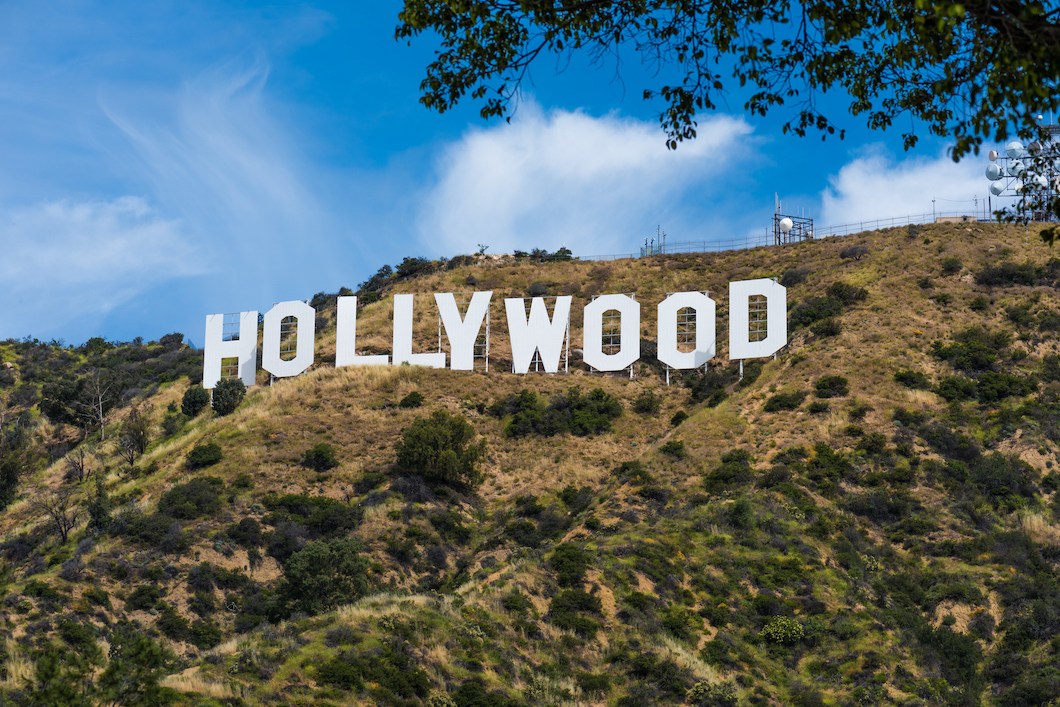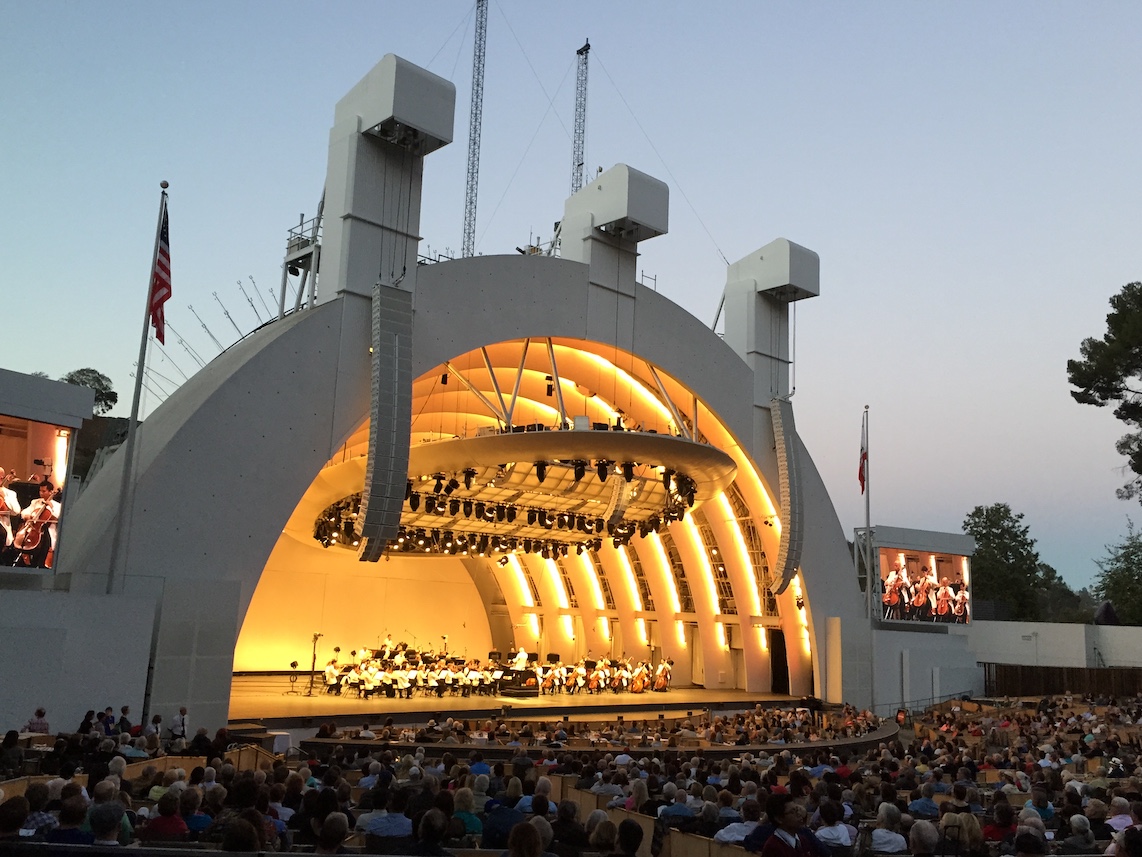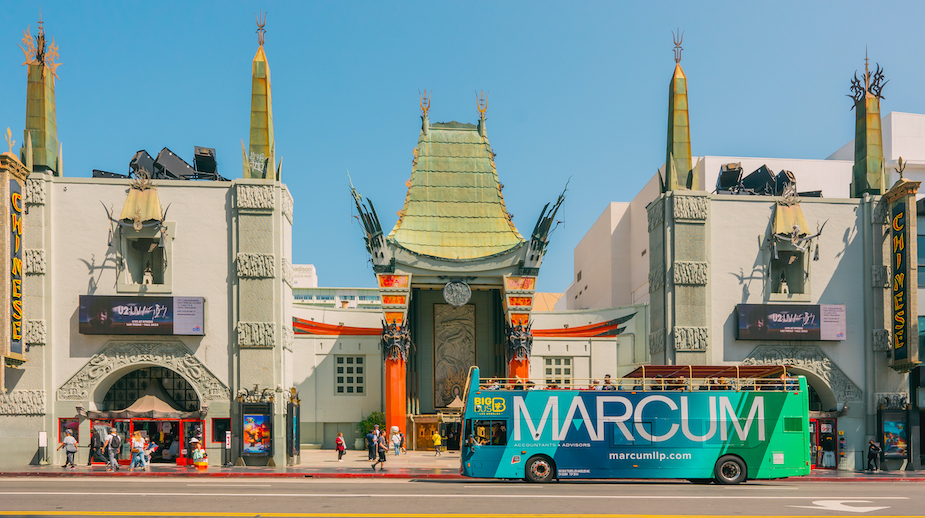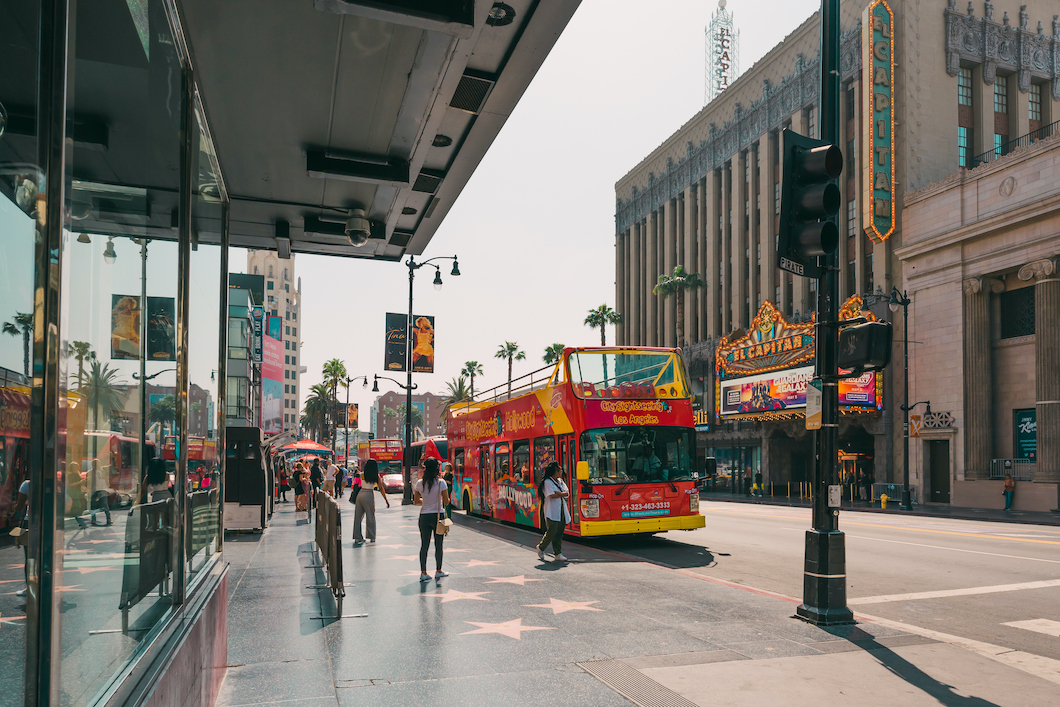 Hollywood, now synonymous with the American film industry, began as a quiet agricultural community in the late 19th century. It was founded by Harvey Henderson Wilcox, a real estate developer from Kansas, who bought 120 acres of land west of Los Angeles in 1887. Wilcox and his wife, Daeida, envisioned creating a religious community, and it was Daeida who named the area “Hollywood.” The name reportedly came to her during a train journey when she met a woman who spoke of a property in Ohio called “Hollywood.”
Hollywood, now synonymous with the American film industry, began as a quiet agricultural community in the late 19th century. It was founded by Harvey Henderson Wilcox, a real estate developer from Kansas, who bought 120 acres of land west of Los Angeles in 1887. Wilcox and his wife, Daeida, envisioned creating a religious community, and it was Daeida who named the area “Hollywood.” The name reportedly came to her during a train journey when she met a woman who spoke of a property in Ohio called “Hollywood.”
The original Hollywood was far from the glitz and glamour it is known for today. It was a simple, rural area where residents led quiet lives. The community had its first motion picture made in 1910, a short film titled In Old California, which marked the beginning of Hollywood’s transformation into the world’s entertainment capital.
What and Where Is Hollywood?
Hollywood is a neighborhood in the central region of Los Angeles, California. Geographically, it lies northwest of downtown Los Angeles and is bordered by several other well-known areas, including West Hollywood, Beverly Hills, and Griffith Park. What was once a small town has grown into a sprawling urban area, closely integrated with the larger city of Los Angeles.
As for what Hollywood is, it has come to represent far more than just a place. Hollywood is the beating heart of the American film industry, a symbol of creativity, ambition, and entertainment. It is the birthplace of countless iconic films and television shows that have shaped global culture. The term “Hollywood” has become shorthand for the American entertainment industry as a whole, reflecting its dominance in the global market and its influence over popular culture worldwide.
The Synonymy of Hollywood with the Film Industry
The name “Hollywood” became synonymous with the film industry due to a combination of historical developments and cultural shifts. In the early 20th century, filmmakers began migrating from the East Coast to Southern California, drawn by the region’s favorable weather, diverse landscapes, and distance from the monopolistic practices of the Edison Trust in New Jersey. By the 1920s, Hollywood had established itself as the center of the American film industry, with major studios like Paramount, Warner Bros., and Universal setting up shop.
The Golden Age of Hollywood, roughly from the late 1920s to the 1960s, solidified Hollywood’s reputation. During this period, the studio system flourished, producing a vast array of films that became staples of American culture. Hollywood’s influence continued to grow, and as American films reached audiences worldwide, the name “Hollywood” became a global symbol of the film industry.
The Hollywood Sign: From Real Estate to Landmark
The Hollywood Sign is one of the most recognizable symbols associated with the film industry, but its origins are rooted in real estate, not cinema. The sign was erected in 1923 to advertise a new housing development called “Hollywoodland.” Each letter was 30 feet wide and 43 feet tall, illuminated by thousands of light bulbs, and originally intended to stand for only 18 months. However, as Hollywood’s reputation as the center of the film industry grew, the sign took on a life of its own, becoming a symbol of the glamour and dreams associated with the movie business.
By the late 1940s, the sign had fallen into disrepair. The “land” portion was removed in 1949, leaving just “Hollywood,” and the sign was refurbished. Over the years, it has been restored several times, most notably in the late 1970s when celebrities like Hugh Hefner and Alice Cooper helped fund its restoration. Today, the Hollywood Sign is not just a remnant of a bygone real estate venture but a cultural landmark and a major tourist attraction, symbolizing the enduring allure of Hollywood.
Other Hollywood Landmarks
 Hollywood is also home to several other landmarks that are deeply connected to the film industry. The Hollywood Bowl, an iconic amphitheater nestled in the Hollywood Hills, has hosted countless performances since its opening in 1922. While it is primarily a music venue, its location and association with Hollywood make it a significant cultural site, often featured in films and television.
Hollywood is also home to several other landmarks that are deeply connected to the film industry. The Hollywood Bowl, an iconic amphitheater nestled in the Hollywood Hills, has hosted countless performances since its opening in 1922. While it is primarily a music venue, its location and association with Hollywood make it a significant cultural site, often featured in films and television.  Grauman’s Chinese Theatre, now known as TCL Chinese Theatre, is perhaps the most famous movie palace in the world. Opened in 1927, it quickly became the site for movie premieres and red-carpet events, where fans could catch a glimpse of their favorite stars. The theatre is also famous for its forecourt, where over 200 celebrities have left their handprints and footprints in cement, a tradition that began with silent film star Norma Talmadge.
Grauman’s Chinese Theatre, now known as TCL Chinese Theatre, is perhaps the most famous movie palace in the world. Opened in 1927, it quickly became the site for movie premieres and red-carpet events, where fans could catch a glimpse of their favorite stars. The theatre is also famous for its forecourt, where over 200 celebrities have left their handprints and footprints in cement, a tradition that began with silent film star Norma Talmadge.
 The Hollywood Walk of Fame, established in 1958, further cements Hollywood’s connection to the entertainment industry. Stretching along Hollywood Boulevard and Vine Street, the Walk of Fame features over 2,600 brass stars embedded in the sidewalks, each representing a significant figure in the entertainment industry. From actors and directors to musicians and producers, the Walk of Fame is a tribute to those who have made significant contributions to the world of entertainment.
The Hollywood Walk of Fame, established in 1958, further cements Hollywood’s connection to the entertainment industry. Stretching along Hollywood Boulevard and Vine Street, the Walk of Fame features over 2,600 brass stars embedded in the sidewalks, each representing a significant figure in the entertainment industry. From actors and directors to musicians and producers, the Walk of Fame is a tribute to those who have made significant contributions to the world of entertainment.
Hollywood’s journey from a small agricultural community to the epicenter of the global film industry is a story of transformation and cultural impact. Located in Los Angeles, Hollywood is not just a neighborhood; it is a symbol of the dreams, creativity, and influence of the American entertainment industry. The Hollywood Sign, along with other landmarks like the Hollywood Bowl, Grauman’s Chinese Theatre, and the Walk of Fame, serve as enduring symbols of Hollywood’s connection to film and entertainment. These sites have become not only tourist attractions but also cultural icons, representing the rich history and ongoing legacy of Hollywood in the world of cinema.
-Lê Nguyễn Thanh Phương-
